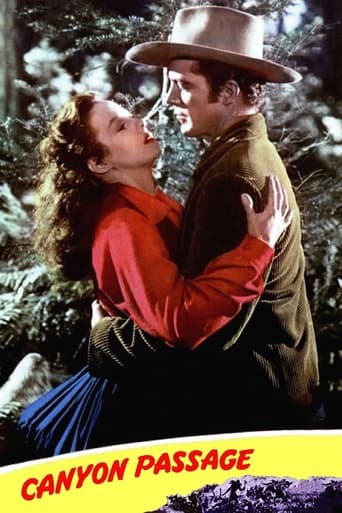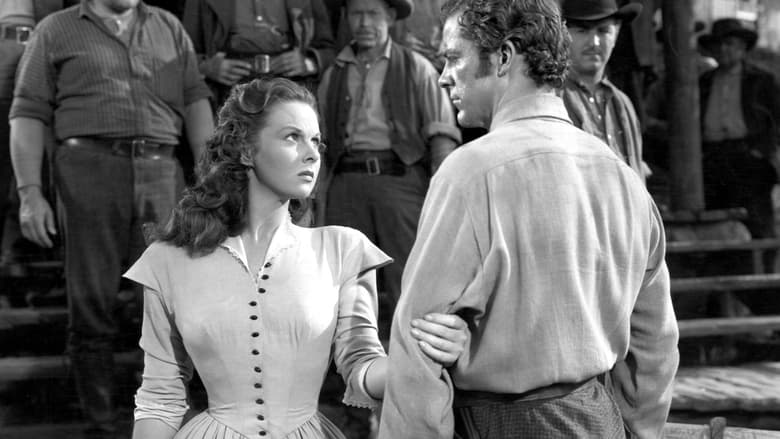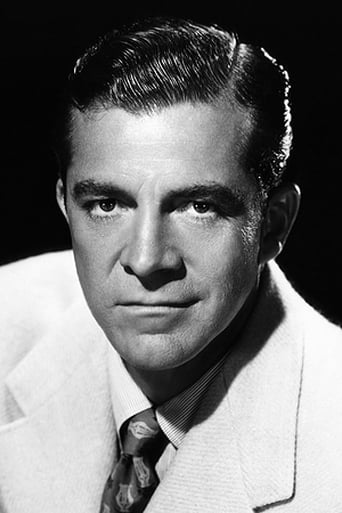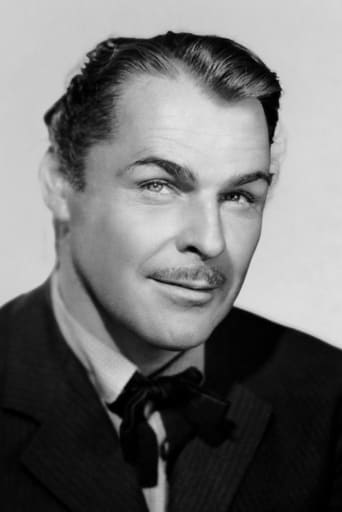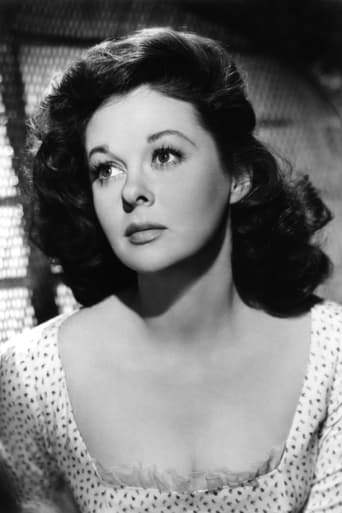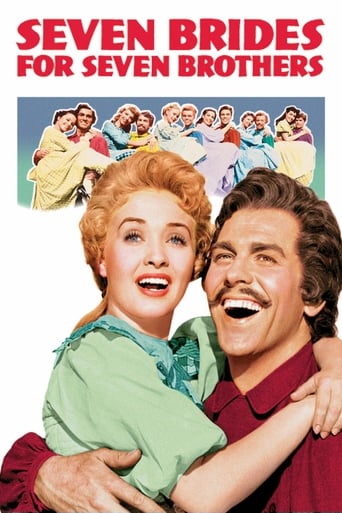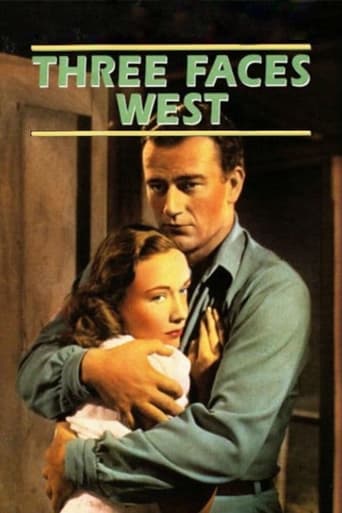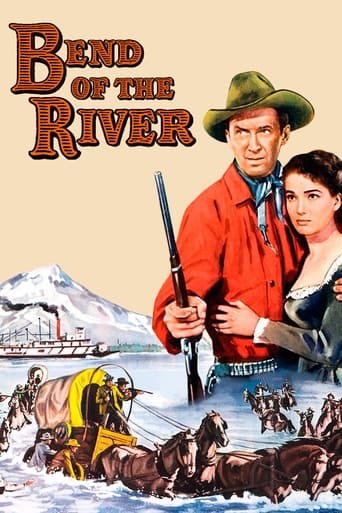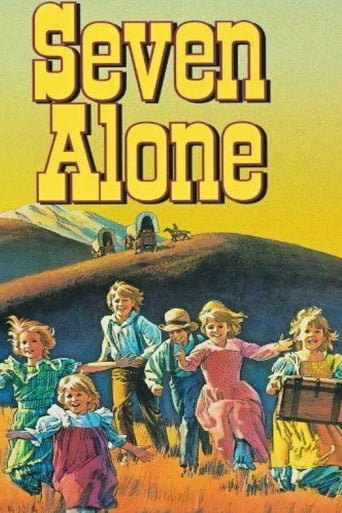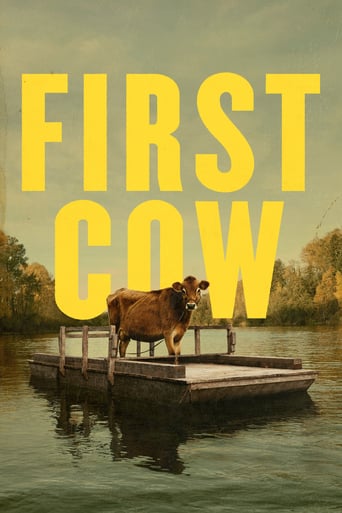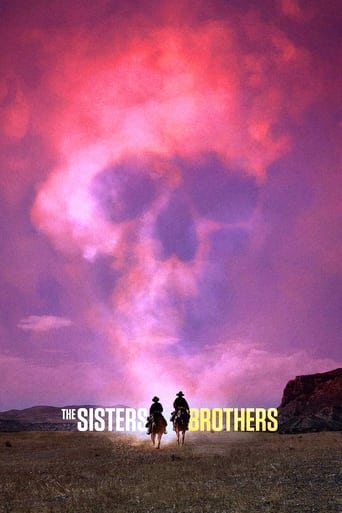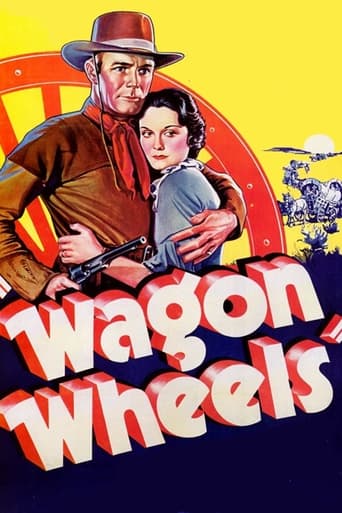Canyon Passage (1946)
In 1850s Oregon, a businessman is torn between his love of two very different women and his loyalty to a compulsive gambler friend who goes over the line.
Watch Trailer
Free Trial Channels
Cast


Similar titles
Reviews
Good concept, poorly executed.
Fantastic!
Each character in this movie — down to the smallest one — is an individual rather than a type, prone to spontaneous changes of mood and sometimes amusing outbursts of pettiness or ill humor.
Close shines in drama with strong language, adult themes.
While at RKO Pictures, French expatriate Jacques Tourneur directed three low budget horror films for producer Val Lewton: "Cat People" (1942), "I Walked With A Zombie" and "The Leopard Man." (1943). All three are still considered to be classics of their kind. In 1947, he directed "Out Of The Past" starring Robert Mitchum, Jane Greer and Kirk Douglas. So by rights, "Canyon Passage" should have been a superior Western. It had everything in its favour, a very good director, a top-notch crew and a script based on a novel by Ernest Haycox which was adapted for the screen by Ernest Pascal. The photography was by veteran Hollywood cameraman Edward Cronjager. Frank Skinner wrote the music. Singer songwriter and sometime actor, Hoagy Carmichael performed "Ole Buttermilk Sky" in the film that he composed with Jack Brooks and was a big hit in its day. Sadly I found the film a distinct disappointment, let down in great part by the wooden performances of the two male leads: Dana Andrews as Logan Stuart, a merchant cum entrepreneur, and Brian Donlevy as George Camrose, his gambling addicted erstwhile business partner. It's a moot point whether this is the fault of a weak script, an inattentive director or bad acting,but the fact remains "Canyon Passage" is a lesser film because of it. Thankfully, the film manages to rise somewhat above your average 'horse opera' thanks, in no small part to Susan Hayward as Lucy Overmire, George Camrose's fiancee, British emigre, Patricia Roc as Logan's girlfriend, Caroline Marsh, and a strong performance by a stalwart of John Ford's films, Ward Bond. Such solid actors as Lloyd Bridges, Rose Hobart, Stanley Ridges and Halliwell Hobbes, in turn ably supported them. "Canyon Passage" is a modest attempt to portray what life was like on the Oregon Frontier, and is still worth watching.
You can see the date of my review above. I was always a big western fan but somehow this one escaped me all these years. Maybe I was always looking for a well-known Western star like James Stewart or John Wayne, but Dana Andrews? He made a couple but they were mostly forgettable and besides, he was a 'B' list actor anyway.'Canyon Passage" was excellent in all respects, especially the multi-layered plot which is not typical of the western genre. They are often 2-dimensional affairs; good guys and bad guys, good guy rides in and saves whatever needs saving. Or rescues the wagon train from Indians. Or outwits the corrupt sheriff. And so on.After all the above reviews, it's all been said, so I won't. I just want to say I recommend this picture and I can't think of a valid criticism or a flaw to report. Photography was gorgeous, acting was solid and director Jacques Tourneur always turns in a first class job ("Cat People" (42), "Out Of The Past" (47),etc). Movies like this make sitting in a darkened theater worthwhile and rewarding, or in front of a TV if you missed it the first time.
Recently I came across a disc of westerns I had where Susan Hayward was the star. She didn't make too many films in this genre, but the ones she did appear in were very sharply filmed. One such early picture was Universal's CANYON PASSAGE, produced by Walter Wanger with whom Hayward was under contract at the time.The story goes that several directors were suggested before European-born director Jacques Tourneur was selected. Tourneur began directing shorts back in his native France in the early 30s, and by the time 1946 rolled around, he had already been in Hollywood for several years. He built a name for himself in the industry directing low-budget horror films for Val Lewton at RKO earlier in the decade, and CANYON PASSAGE would be his first western. More significantly, it would be his first motion picture photographed in Technicolor.During his apprenticeship at RKO, Tourneur learned the importance of morally ambiguous story lines that kept audiences guessing about the fate of a story's main characters. The chance to explore these approaches in Technicolor was probably too good to pass up. He would also have a larger budget at Universal.True to form, Tourneur did not disappoint. He made the most of a frontier tale filmed with exciting outdoor scenes on location in Oregon. He used the impressive lush backdrops of the forests, meadows and mountain ranges off in the distance, juxtaposed with shadowy figures, lurking within the landscape, waiting to ambush others with shocking violence at a moment's notice.In a way the use of vivid Technicolor lulls the audience into accepting the bucolic countryside as something pleasant, beautiful and peaceful. But there is a darker undercurrent in the settling of the west, and its real nature becomes apparent with the use of shadows and with morally ambiguous characterizations that choose not to paint things too stereotypically for the viewer.Indeed, there are no traditional white hats (for the heroes) or black hats (for the villains). Instead, we get group shots, where all the men and women, of varying shades of goodness and corruption, populate the landscape side by side. The final result is a rather complex drama about the community's survival existing across a landscape where men and women make mistakes and are not fully good or bad.It might be said that Tourneur's approach in the western genre paved the way for other morally ambiguous stories to follow. Notably, efforts by Anthony Mann and Raoul Walsh.
Much of the movie is shot in the Oregon woods. The Native Americans are all played by Native Americans, and the injustice to them plainly presented. The architecture is all authentically built. The pistols are stuck in belts, not in the rarely-used-then holsters. The characters are complex, and the dialog, while sparse, contains lines of Shakespearean depth. The lead character's strengths are at the same time tragic flaws.This can be watched as a simple and popular movie, but it aspires successfully to more than entertainment, to truth. It celebrates the frontier, while at the same time fully exposing its contradictions. The frontier becomes a metaphor for the limits of rationality itself, and a space for an exploration of the mode and meaning of the deepest human values.

